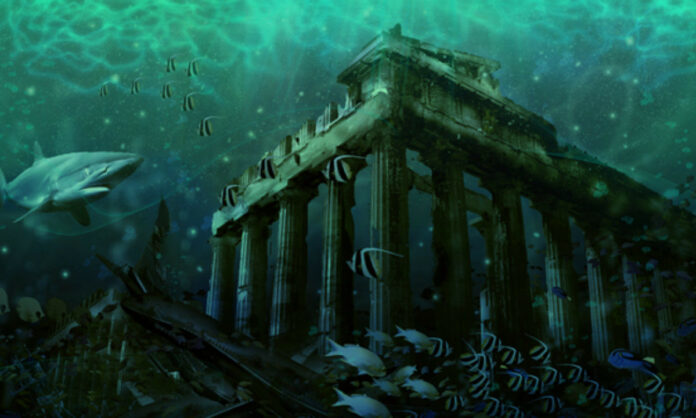Pavlopetri, located off the southern coast of Laconia in Greece, is believed to be the oldest submerged city in the world, dating back approximately 5,000 years. This ancient city predates even the legendary heroes of Homer’s epics.
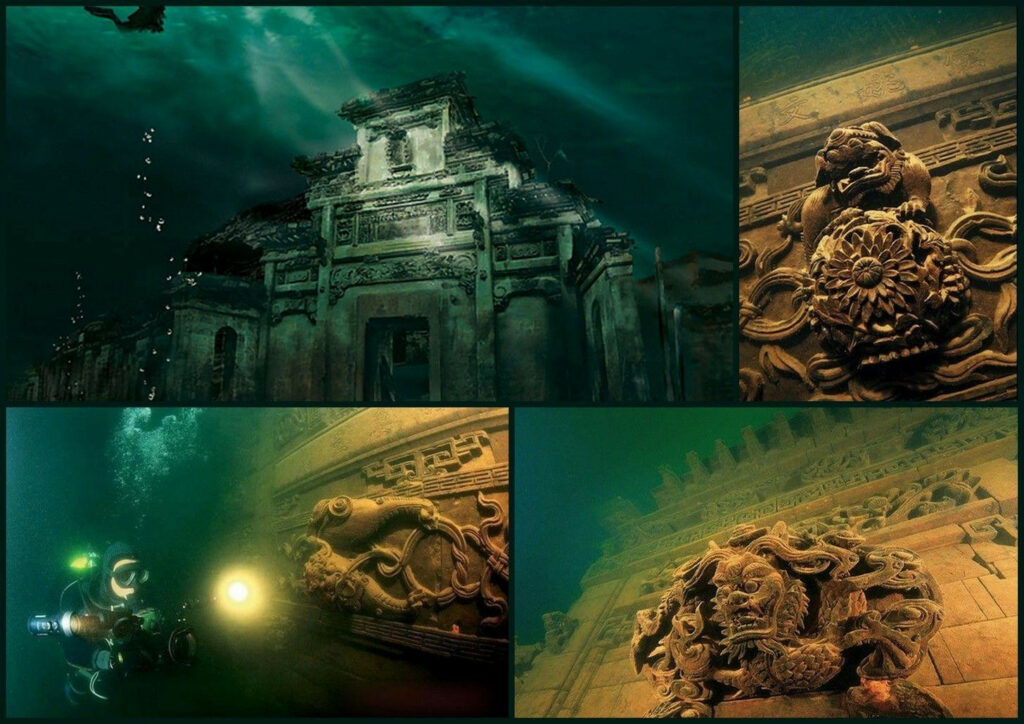
Discovery and Initial Exploration
The lost city was first identified in 1904 by geologist Folkion Negris, but it wasn’t until 1967 that it was rediscovered by Nicholas Flemming of the University of Southampton’s Institute of Oceanography. Flemming noted that the Bronze Age city was submerged in water about 3 to 4 meters deep. In 1968, he returned to the site with a team of archaeologists from the University of Cambridge to survey the extensive ruins over the course of six weeks.
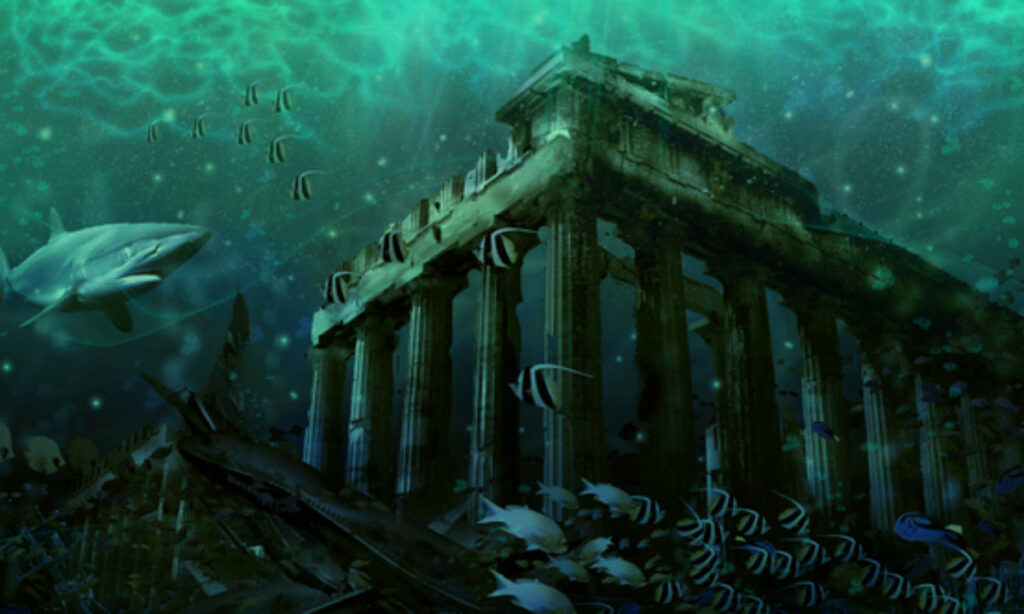
Mapping the City
Using a grid system and hand tapes, the team created a map of the city. They estimated that it covered an area of 300 meters by 150 meters and contained at least 15 buildings, courtyards, five streets, two tombs, and at least 37 cist graves. They also discovered that the underwater city extended southward onto Pavlopetri island itself, where the remains of walls and other artifacts were found.
Renewed Interest and Further Discoveries
After nearly 40 years of inactivity, interest in Pavlopetri was rekindled in 2009 when a five-year project was launched by researchers from the University of Nottingham, the Hellenic Centre for Marine Research, and the Ephorate of Underwater Antiquities of the Greek Ministry of Culture. The aim was to conduct a thorough digital underwater archaeological survey and several underwater excavations to learn more about Pavlopetri’s past.
Uncovering New Structures and Artifacts
The researchers’ investigation led to the discovery of an additional 9,000 square meters of previously unknown structures, including a large rectangular building and structures flanking a newly discovered street. They also found pithos burials (large storage pots used for preserving bodies) and stone-lined graves.

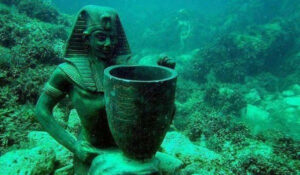
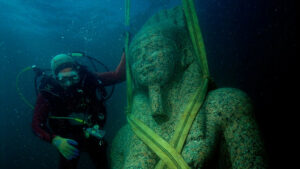
New ceramics were also discovered, supporting the Mycenaean occupation, and evidence suggested that the city was inhabited from around 3000 BCE until 1100 BCE throughout the Bronze Age. During this time, the city would have been home to between 500 and 2,000 people.
The Mystery of Pavlopetri’s Submersion
While the exact circumstances that sent Pavlopetri to the bottom of the sea remain a mystery, some have speculated that it may have been submerged by an earthquake that occurred either around 1000 BCE or 375 CE.
Given that Pavlopetri is the oldest sunken city ever discovered and predates Plato’s allegory of the mythical island of Atlantis, some have immediately hypothesized that Pavlopetri was the model for his imagined island. However, the true story behind this ancient city’s submersion remains a fascinating enigma.
